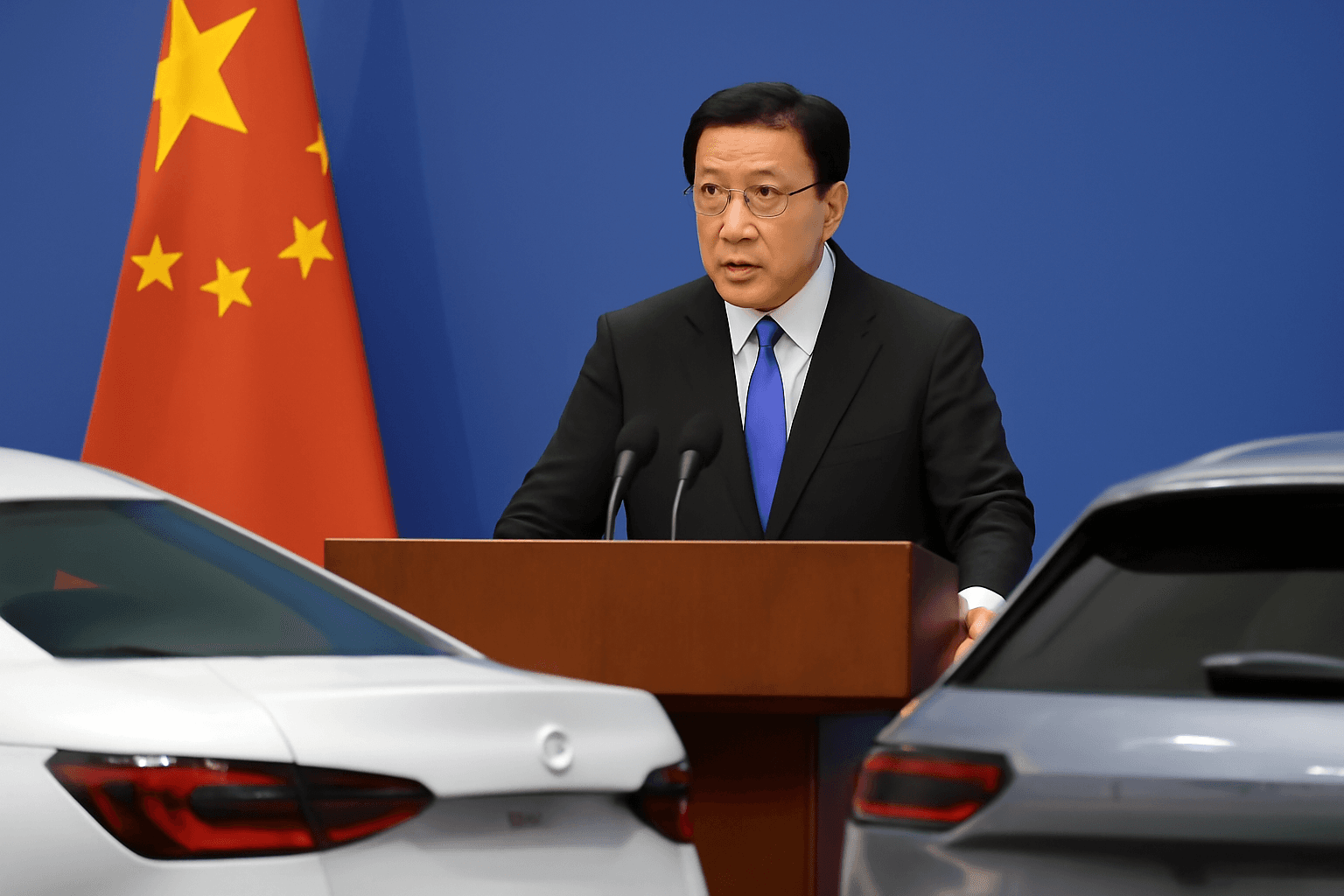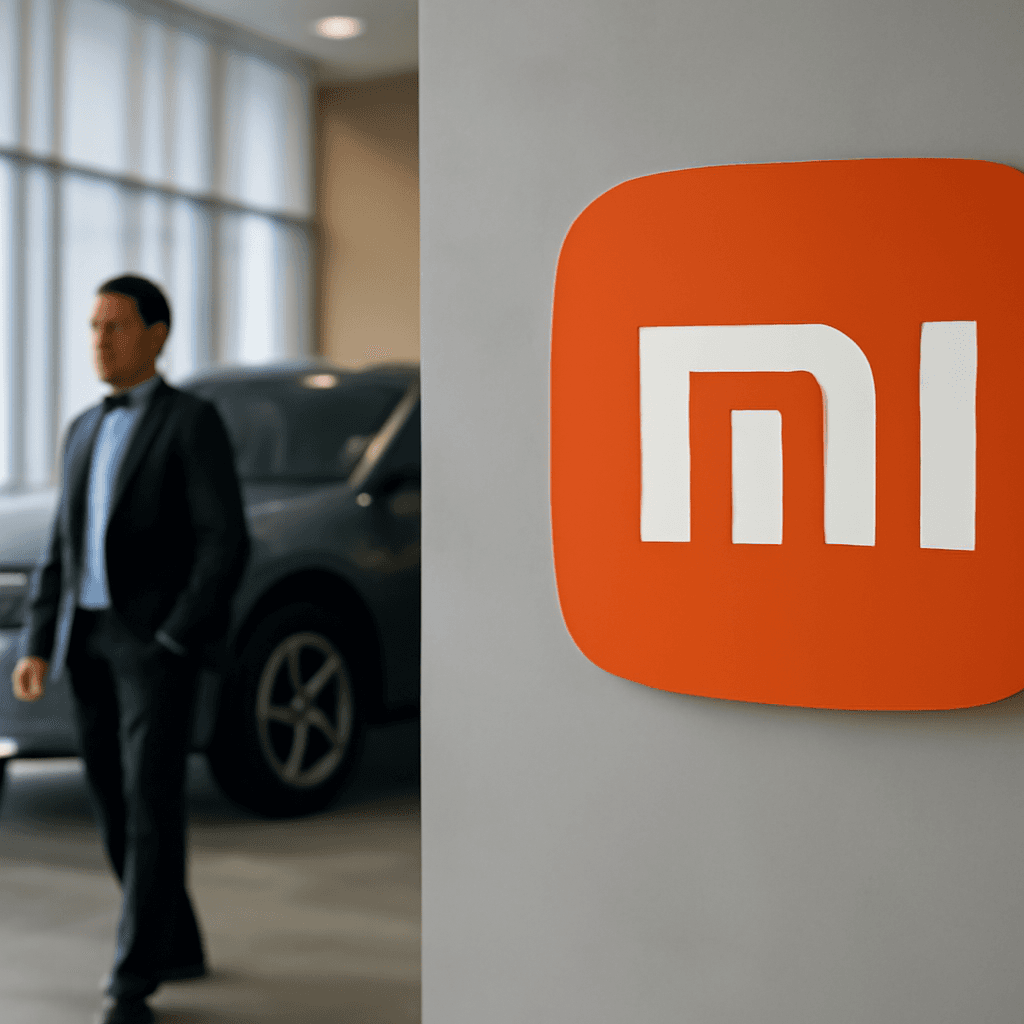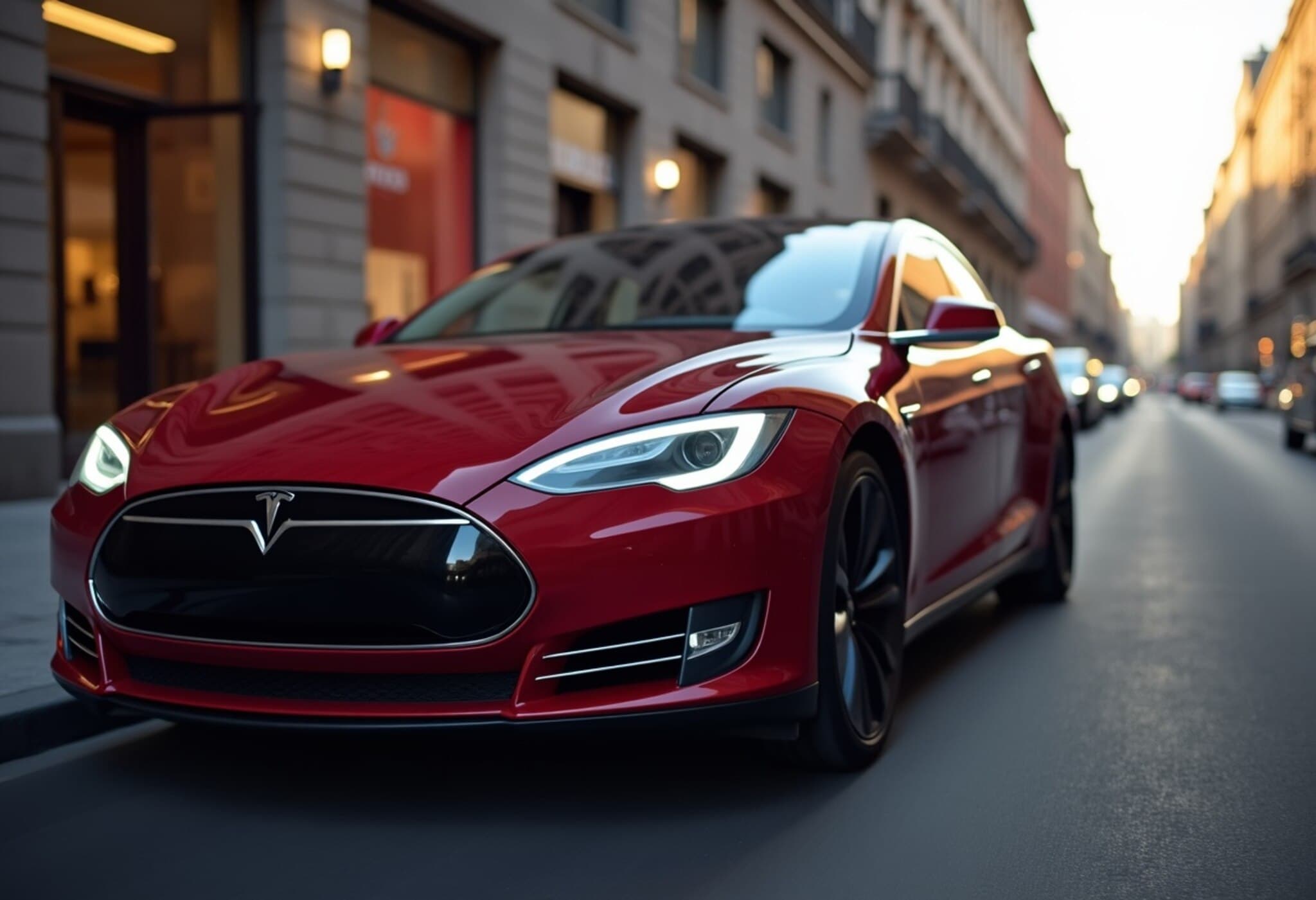Toyota Navigates Profit Challenges as US Tariffs Impact Second Quarter Results
Toyota Motor Corporation, a global automotive giant and the world's largest automaker by sales volume, reported its June quarter operating profit fell 11% year-over-year, pressured notably by US import tariffs. Despite surpassing analyst revenue and profit expectations, the company's quarterly results underscore the economic headwinds confronting international manufacturers amid shifting trade policies.
Key Financial Highlights Exceed Market Estimates
- Revenue: 12.25 trillion yen (consensus: 12.19 trillion yen)
- Operating profit: 1.17 trillion yen (consensus: 881.41 billion yen)
- Net income attributable to Toyota: 841.3 billion yen, down 37% year-over-year
While Toyota beat revenue and operating profit projections compiled by financial data firm LSEG, its actual operating income declined 11% versus the same quarter last year. The automaker attributed approximately 450 billion yen ($3.3 billion) in losses directly to US tariffs levied on imported vehicles, which have increasingly weighed on profitability since their implementation in April 2025.
Downgrading Full-Year Operating Income Forecast
Reflecting this challenging environment and persistent external pressures, Toyota announced a downward revision of its full-year operating income forecast by 600 billion yen, now anticipating 3.2 trillion yen for the fiscal year. The company cited "the impact of US tariffs and other factors" as key drivers behind the revision.
Context: Tariffs and Exchange Rate Pressures
The backdrop for Toyota's results is a more stringent trade environment under US President Trump's administration. In April, a 25% tariff was imposed on certain imported vehicles, directly affecting Japanese automakers who rely heavily on exports to the lucrative US market. Honda and other Japanese peers have responded by trimming prices to protect market share, a move that further compresses margins.
Abhik Mukherjee, an automotive analyst at Counterpoint Research, explains, "Japanese automakers faced significant profit pressure earlier this year due to elevated US import tariffs and a stronger yen. Although vehicle export volumes to the US remained resilient, the higher costs from tariffs had to be partially absorbed, squeezing margins."
Export Trends and Future Outlook
Trade data from June indicates Japanese car exports to the US declined by 25.3% year-over-year in value, even as export volumes ironically rose by 4.6%. This paradox highlights price reductions and other cost-absorbing strategies aimed at remaining competitive.
Last month, the US and Japan announced a new trade agreement reducing tariffs from 25% to 15%, although the effective timeline remains unclear. Mukherjee notes that this tariff adjustment, combined with localizing production and pricing strategies, could gradually restore profit margins.
Looking ahead, there's cautious optimism that Japanese automakers might regain a competitive edge over North American Free Trade Agreement (NAFTA) region manufacturers who still face higher tariffs. Given that US-bound auto exports constitute roughly 24% of Japan's global automotive shipments in 2024, this market remains a vital economic pillar.
Toyota's Strategic Response Amid Adversity
Despite these hurdles, Toyota emphasized that robust global demand and strategic investments have helped mitigate the negative impacts. The company highlighted comprehensive efforts that include increased unit sales, cost-reduction initiatives, and expanded profitability across the value chain.
Such resilience also reflects broader industry challenges where geopolitical shifts and currency fluctuations compel manufacturers to innovate and adapt swiftly. Japan’s automotive sector, a cornerstone of its industrial base and export economy, now faces the delicate task of balancing cost pressures with maintaining technological leadership and market share.
Editor's Note
The recent downturn in Toyota's profits reveals the tangible costs of escalating US import tariffs on global supply chains and multinational corporations. While headline numbers suggest a temporary setback, the evolving trade agreements signal a possible thaw in protectionist policies—albeit gradual. Readers and industry watchers should ask: how will automakers recalibrate manufacturing footprints in response to tariff dynamics? Moreover, what role might currency volatility and emerging markets play as Japan navigates this complex trade landscape? Understanding these questions is critical for grasping the future trajectory of the automotive industry amid a rapidly shifting geopolitical environment.



















